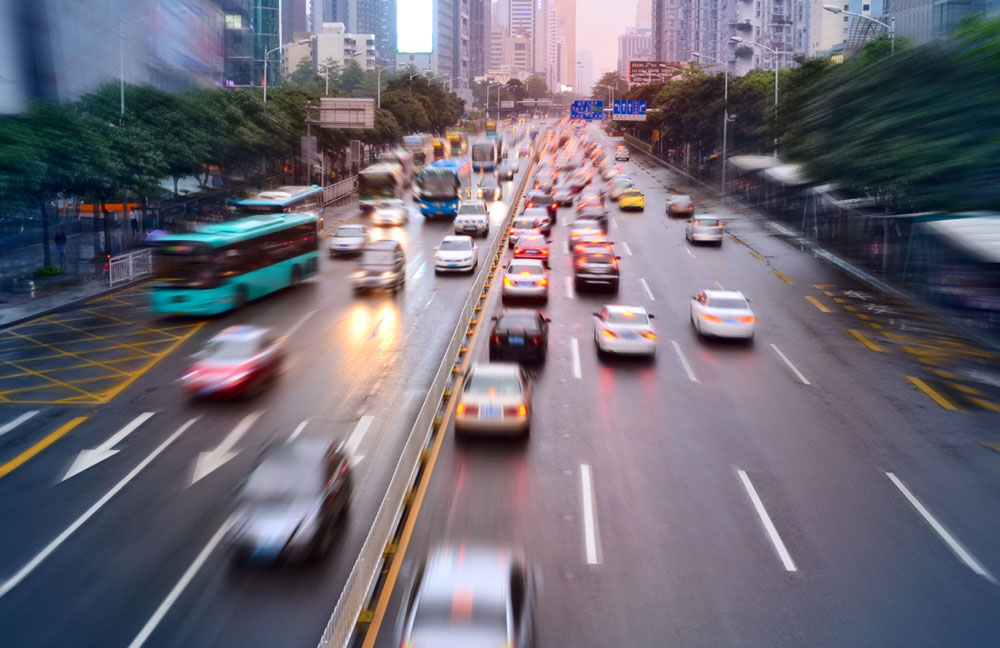Why USA is Wasting Parking Space?
Seattle has over 5 parking spaces per household, which roughly translates to 1.6 million parking spaces in the city. Interestingly, a much smaller city, Des Moines has nearly the same number of parking spaces (that is 1.6 million) which is equivalent to 19.4 parking spots per household. A more stunning number comes from smaller towns like Wyoming and Jackson, which have 27.1 parking spaces for each household!
It is interesting to note that a regular parking space in the US covers about 28 square meters, which is comparable to:
- An average apartment in New York
- Two studios in Hong Kong
- Space for 10 bicycles
The Excess of Parking in the US
In the US, nearly a third of a city’s surface area is covered by parking facilities which are most often underutilized. Despite spending millions on building garages, they lie unused for the most part of the day. It’s easy to observe that large pieces of land often in prime urban locations are being wasted to fulfill minimum parking requirements mandated by the policymakers.
Normally, an abundance of parking lots would indicate a robust city infrastructure. So why would one perceive parking spaces as a waste of space? To begin with, an increase in parking supply is linked to increased traffic on the roads. Cities trying to match peak parking demand with unlimited supply indirectly promote increased usage of private vehicles over shared and public transport.
In addition, clustered parking lots are epicenters of polluted stormwater runoffs and lead to the formation of what is known as ‘heat islands.’ They not only add to pollution and accelerate climate change but they also divide neighborhoods, destroy landscapes, and hollow cities out.
Many cities in the country are now waking up to this and abolishing parking minimums. Seattle has passed a bill to reduce parking requirements for developers of affordable housing. The new policy separates parking from housing leases so that tenants and buyers no longer have to pay for parking they don’t use. This makes sense for a city where 40% of the land area is currently being used for parking even as it stares at a housing problem.
Having too many parking spaces eats into an already stressed resource, land, and increases the costs of housing. The construction, maintenance, and upkeep of parking lots are major financial burdens on the municipal authorities and city planners. Despite ongoing efforts at efficient management, it is unfortunate that most of these parking spaces remain unoccupied for the most part of the day.
Using Smart Parking to Resolve under-utilization
Digitization, big data, and the Internet of Things (IoT) form the backbone of smart parking, a trend that is fast transforming mobility. Smart parking systems can effectively solve the problem of under-utilization through optimal dynamic pricing to encourage visitors during off-peak hours and efficient communication channels to interface with customers. Moreover, the analytics gathered with such systems make it possible for city authorities to determine the right amount of land that must be allocated for parking, an excess of which can be put to better use for the benefit of citizens. In conclusion, technology intervention appears to be the key enabler to solve parking-related problems and prevent misuse of key resources.

